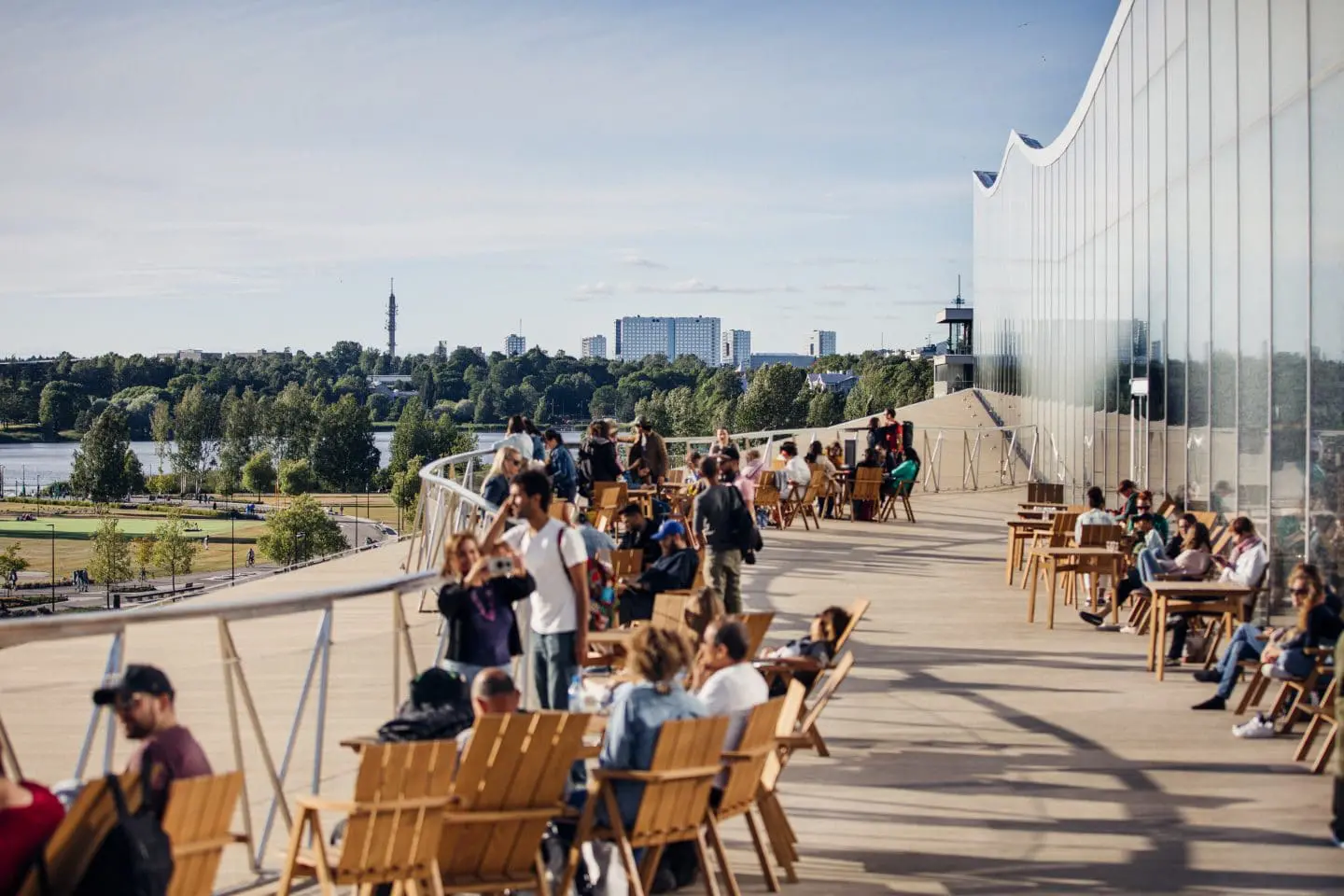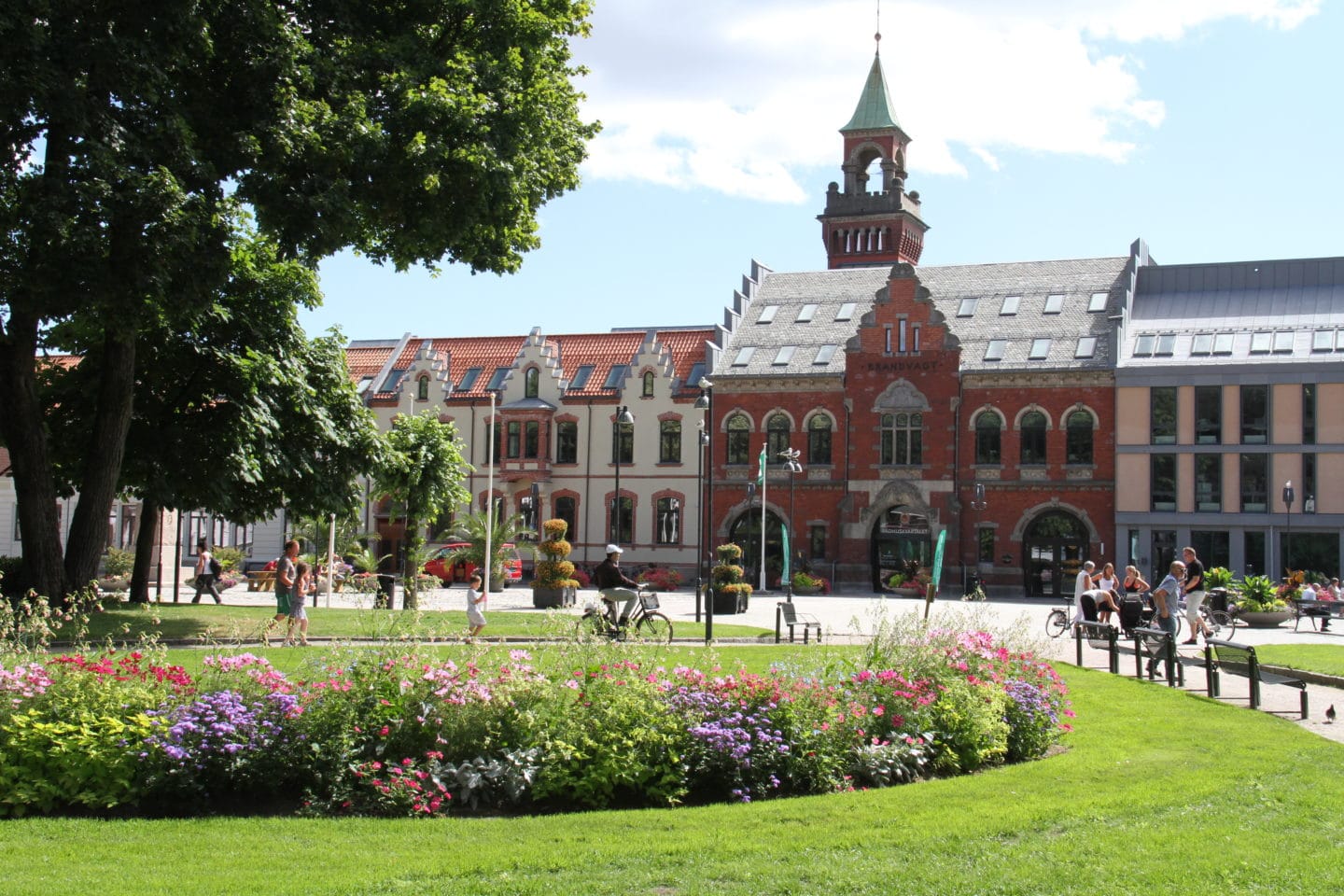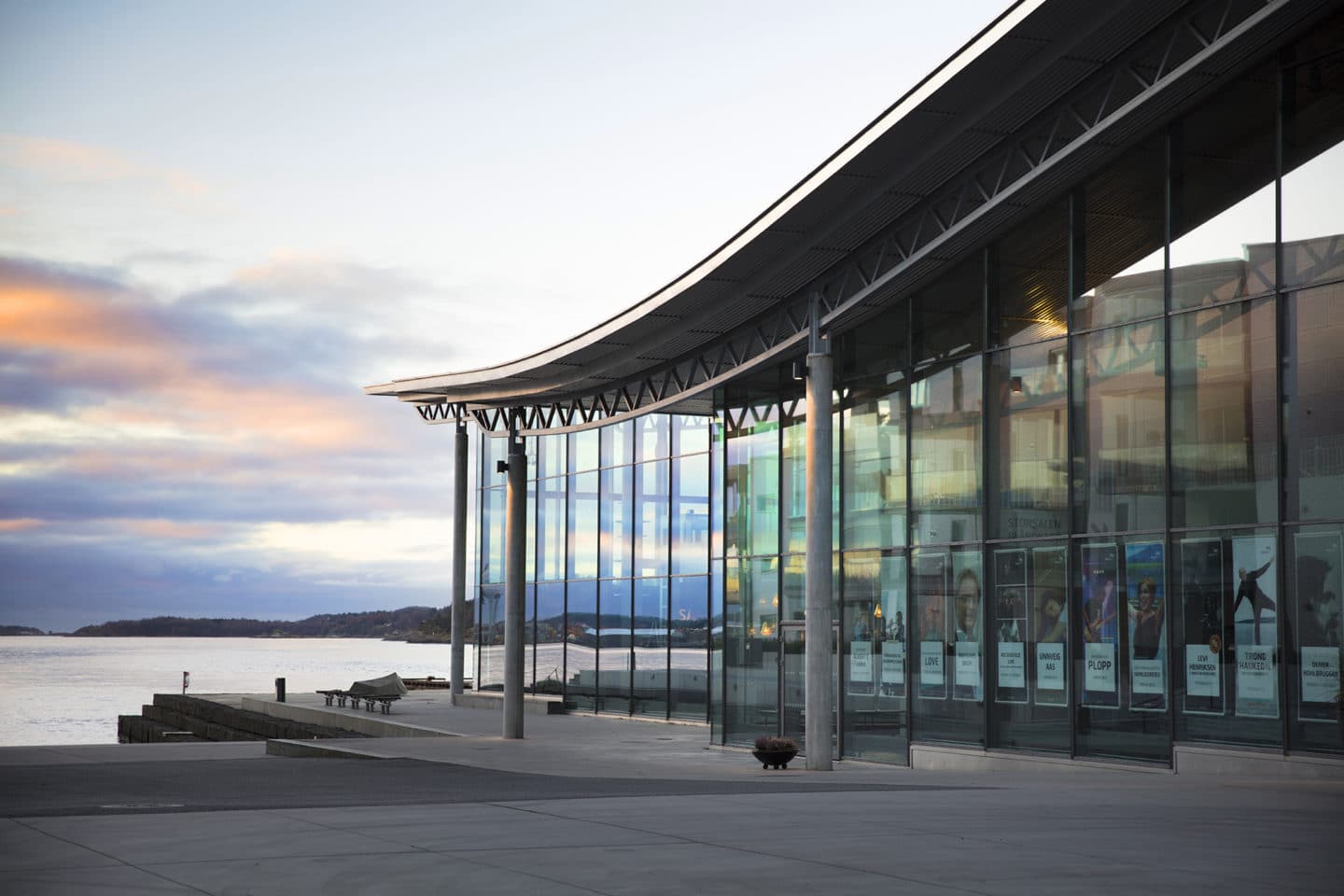Safe City Action

Helsinki and Nordic Safe Cities are taking action together to streamline the processes for how Helsinki city responds to extremism and ensure a shared understanding and course of action for all civil servants across the public sector in the city.
City Portrait
Helsinki was founded in 1550 and became the capital city when Finland gained independence in 1917. Helsinki has developed into the most important institutional, trade and cultural city of Finland and have the highest population count in the country, with 648.042 inhabitants. Helsinki’s vision is to be the world’s most functional city. In pursuing this vision, it seeks to create the best conditions possible for urban life for its residents and for visitors. Helsinki is a multi-cultural city with 16 percent of the population speaking a different mother tongue than the official languages of Finnish, Swedish and Sami. The population of Helsinki has been growing over the past decade, demonstrating the city’s appeal and people’s desire to live there. Growth is a positive sign, but also a challenge that requires continuous resources and efforts. Maintaining social cohesion is vital for a good and competitive city in the years to come.
Safe City Challenges
Surveys of residents’ sense of safety along with data gathered by the police, show that Helsinki is a rather safe city and is also perceived as such. However, Helsinki does face certain safety challenges mainly related to polarisation, substance abuse and segregation. The risk level posed to the city by extremism has risen but is still fairly low. The current challenges faced by the City of Helsinki are the increased rates of polarisation, on and -offline hate speech, and the possibility of “lone actors” who are motivated by personal grievances or disorders rather than by extremist views. Examples off all types of extremism are found in Helsinki with right-wing extremism being the most pronounced.

Strategy
The City of Helsinki has a holistic approach to PVE and safety. The key elements are to foster trust and increase citizen participation to create a more cohesive society. The city works on its own targeted initiatives aimed at general prevention and relies on strong multi-agency cooperation as part of its safety and security work. In PVE-related work Helsinki cooperates widely both with other authorities such as the police, and with civil society.
Focus Areas
The City of Helsinki currently focuses on the following:
1. General prevention measures.
2. Tackling exclusion and marginalisation.
3. Strong multiagency cooperation.
4. Fostering inclusion through participatory budgeting.
See more initiatives from the frontlines of Helsinki below
Good Practise
I See You See (Minun Silmin, Sinun Silmin)
The project aims to prevent hate speech, extremist thinking and group-based prejudice. It is a course run mainly in schools (age 14+). By training the participants to use the acquired skills to solve increasingly difficult problems, the program links theory with practice and fosters academic competencies. Established psychometric measuring is used to ensure ongoing validity and effectiveness.



